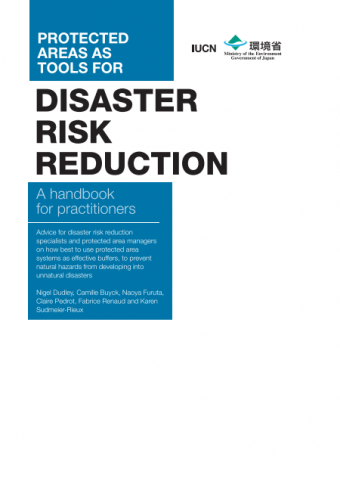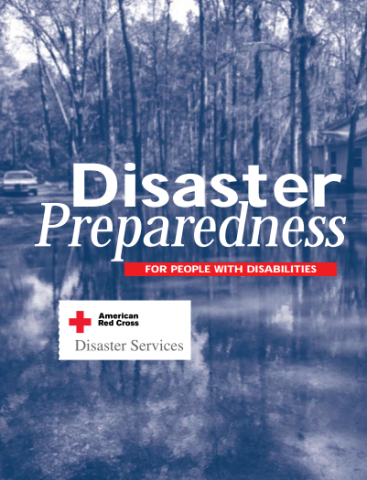Protected areas as tools for Disaster Risk Reduction. A handbook for practitioners
Disaster risk reduction (DRR) has therefore become a critical part of sustainable development strategies. The acronym DRR embraces a complex mixture of policies and actions, from education of civil society, through disaster preparedness strategies to engineering solutions ranging from construction of sea walls to building regulations that aim to protect cities against earthquakes. The following […]
Protected areas as tools for Disaster Risk Reduction. A handbook for practitioners Read More »


